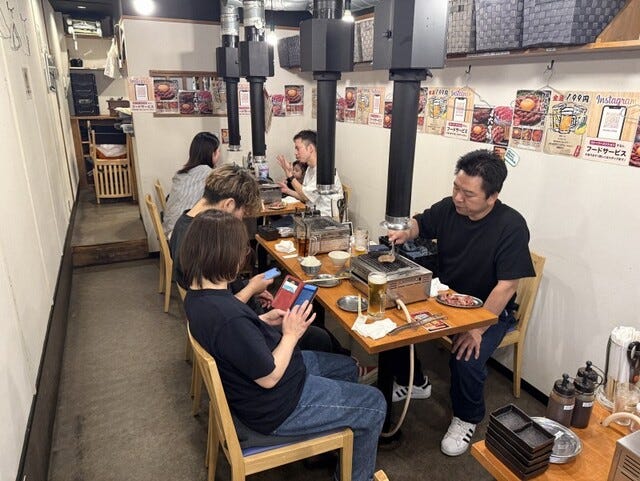Is Tipping in Japan the Future? New App Lets Diners Tip With a Tap
Japanese pop culture news edited by Patrick Macias
Japan’s traditional no-tipping culture may be shifting due to new mobile tech
Smartphone apps now let diners send digital tips to staff or restaurants
Some part-time workers have earned up to ¥70,000 in a single month
Tipping is not a common practice in Japan. In most situations, offering extra money for good service is politely declined, as exceptional hospitality is expected as part of the job. But now, a new smartphone app could begin to change that, allowing customers to express appreciation in ways that were once considered off-limits.
Mobile Tipping on the Rise
A new trend is emerging in Japan's restaurant industry: allowing customers to send tips directly from their smartphones. The system, which lets diners reward individual staff or entire establishments, is helping boost employee motivation by making good service more visible and appreciated.
The tipping feature is part of a mobile ordering system developed by Tokyo-based tech company Dinii, which also provides multilingual support and cashless payment services. Currently, about 3,000 restaurants across Japan have adopted the mobile ordering platform, and around 13 percent of those now offer digital tipping. The number is steadily rising.
How It Works and Customer Reactions
The system works through QR codes placed at tables. Customers scan the code to place orders via their smartphones, and the data is stored on the restaurant’s cloud server for later analysis. Two tipping options are available. The “Oshi Yell,” introduced in 2020, allows customers to tip individual staff members they found impressive. A newer feature launched in June 2025 lets diners send a tip to the restaurant itself, up to 25 percent of their bill.
In the Aichi, Gifu, and Mie regions alone, roughly 250 restaurants have adopted this approach. A manager at an izakaya in Nagoya using “Oshi Yell” said the visibility of performance boosts part-time staff motivation. A customer at a yakiniku restaurant using the tip feature remarked, “If the service is good, I don’t mind sending a tip.”
Solving the Labor Shortage with Rewards and Motivation?
According to the Ministry of Health, Labor and Welfare, as of May 2025, the job opening-to-application ratio in the food service industry remains high, with cooking positions at 2.40 and customer service roles at 2.63, compared to the overall average of 1.05. Most restaurant staff are part-timers, and recruiting remains difficult.
One part-time worker reportedly received about ¥70,000 ($437.50 USD) in tips in just one month. A woman who received a digital tip at a Nagoya restaurant said, “It made me realize my service exceeded expectations. That gave me the drive to keep improving.” As labor shortages continue to affect the food industry, smartphone tipping is being seen as one possible solution.





